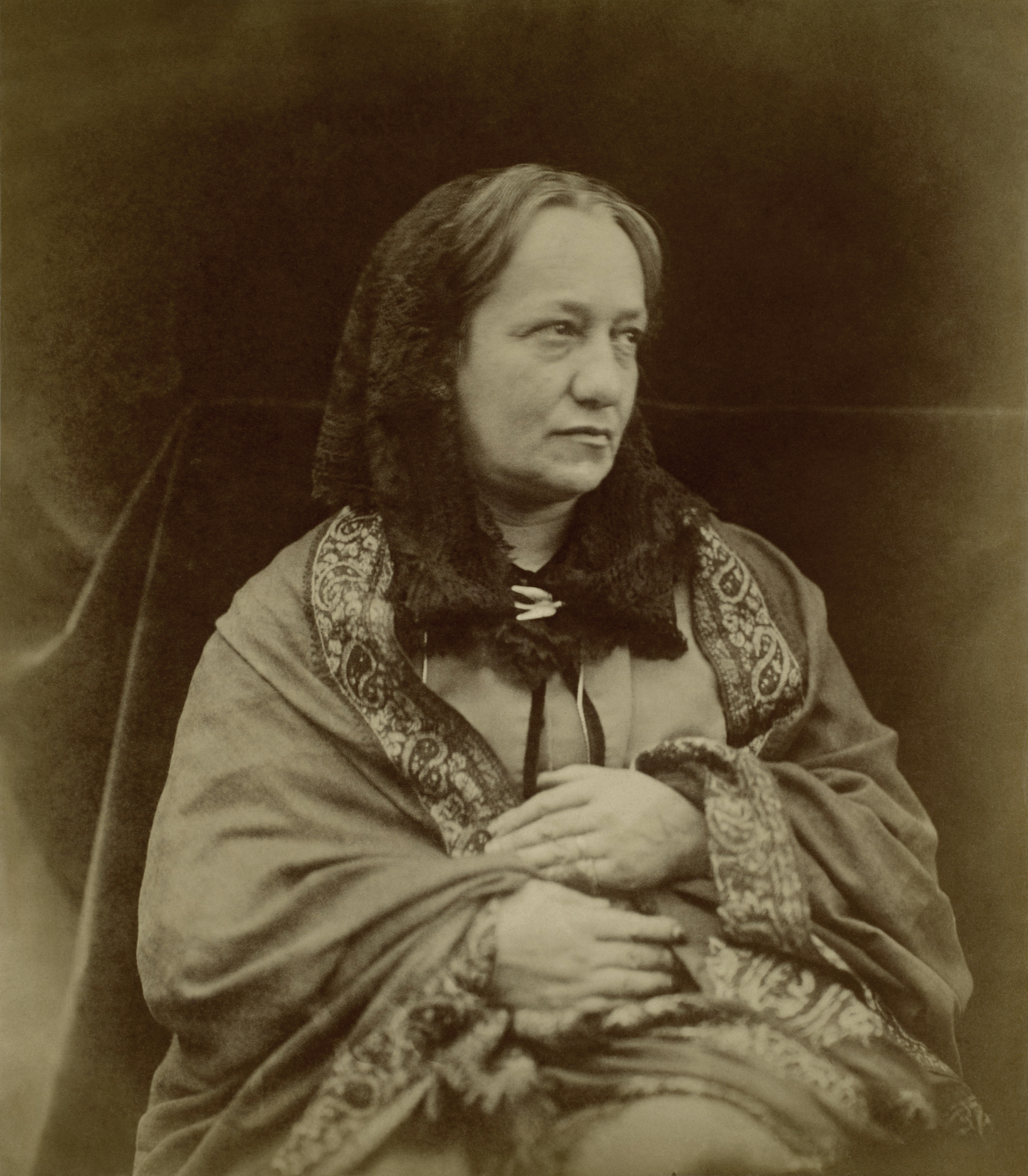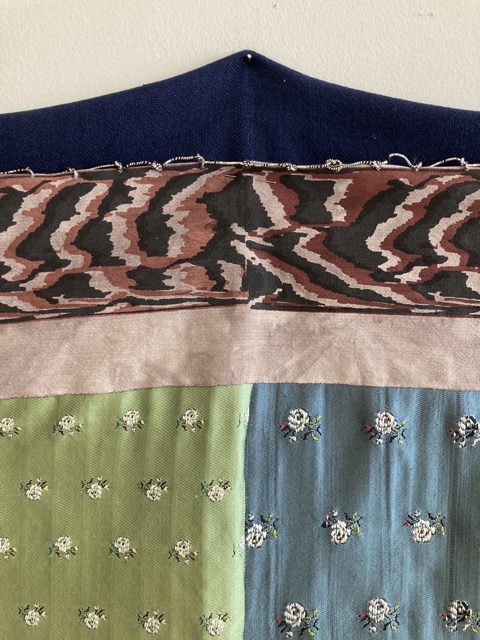Julia Margaret Cameron
Soft Focus
September 1 - October 1, 2022
Gordon Snelgrove Gallery
Curator, Caila Robson-Kullman
Although she would become one of Victorian Britain’s most famous photographers, Julia Margaret Cameron started taking pictures relatively late in life. In 1863, at 48 years old, she received her first camera from one of her six children, a gift meant to provide her with a hobby since they were grown.
Cameron is best known today for her moving and sensitive portraits of eminent Victorians. A paramount example is her 1867 photograph of Sir John F. W. Herschel, in which the scientist, mathematician, and photographic experimenter looks directly at the camera, emerging from the shadows with the tousled hair and deep facial lines of a man devoted to the intellectual life. Her soft-focus style, ridiculed by many critics and photographers of the period who were devoted to sharp precision in photography, gives Herschel a timeless quality and emphasizes the essence of the man instead of transitory details.

About
Cameron was the third daughter of James Pattle, a civil servant stationed in Bengal. In 1834 she married Charles Hay Cameron, a philosopher, a Benthamite jurist, and, as a member of the Council of Calcutta, a leading figure of expatriate society in India. The Camerons moved to England in 1848 and lived briefly in Tunbridge Wells, where Mrs. Cameron began a lifelong friendship with Sir Henry Taylor and his wife. Through her sister Sara Prinsep, who held a weekly salon, Cameron met some of the great artistic and literary figures of the day, among them George Frederic Watts, Sir John Herschel, William Makepeace Thakeray, and Alfred, Lord Tennyson. Cameron took up photography late in 1863, after her daughter Julia and son-in-law gave her a camera. Initially Cameron experimented with allegorical and religious subjects, but by 1866 she had begun the expressive portraiture for which she is best known. Many notables of the Victorian age sat for her, including Browning, Tennyson, Herschel, Carlyle, Longfellow, Darwin, and others. In the early 1870s she turned to illustrations of poetic works, most notably Tennyson's Idylls of the King (1874 and 1875), which was her last large-scale photographic project. Late in 1875, because of her husband's ill health, the Camerons left for Ceylon, where Cameron executed her last few works.



